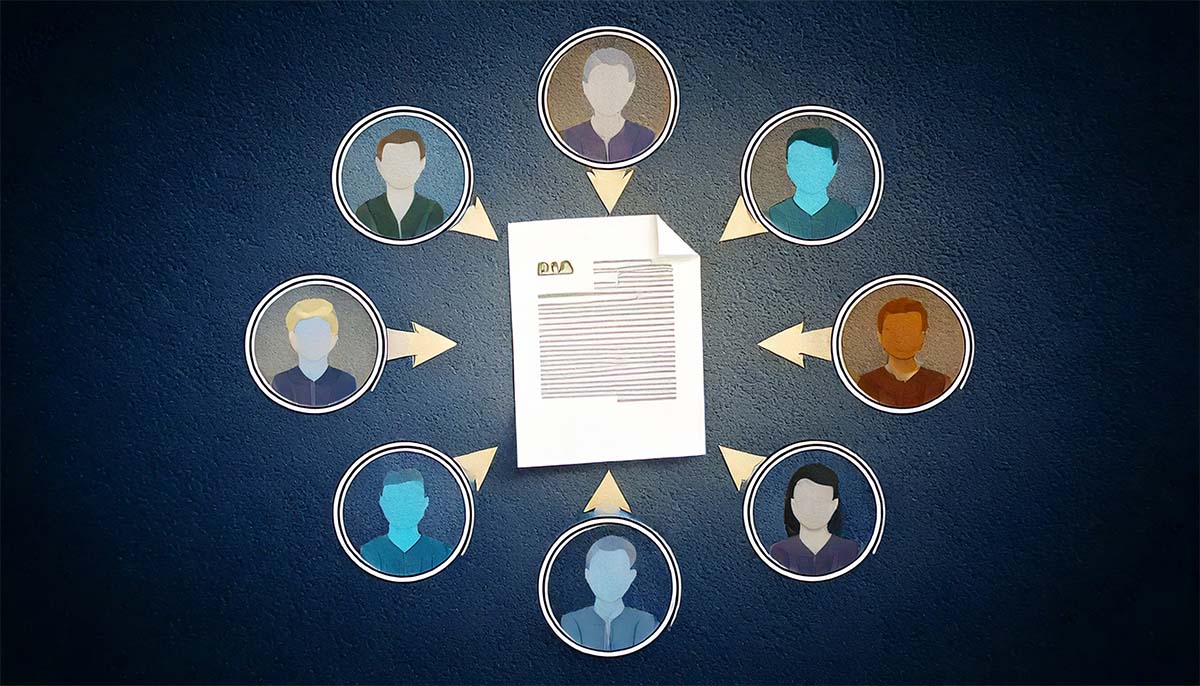What is a binding death benefit nomination (BDBN)?
A binding death benefit nomination (BDBN) is a legal document that directs your super fund to pay your death benefits to specific people or entities. Unlike non-binding nominations (which trustees can override), a BDBN must be followed exactly as written—no guesswork, no discretion, no surprises.
Why it matters
Without a BDBN, your super fund trustee decides who gets the money based on their interpretation of your relationships and financial dependencies.
This can lead to:
- Delays in distributing funds.
- Family disputes and legal costs.
- Unequal or unintended outcomes Unnecessary tax for your beneficiaries.
- With a BDBN in place, your wishes are clear, enforceable, and protected.
How to put a BDBN in place
- Check your super fund’s rules – Not all funds allow BDBNs, or they may have specific requirements.
- Get the right form – This is usually available from your super fund’s website.
- Nominate your beneficiaries – Family members, dependents, your estate, or even a trust.
- Specify the allocation – Exact percentages or amounts per beneficiary.
- Meet legal requirements – Usually two adult witnesses who aren’t beneficiaries.
- Submit it – Send the completed form to your fund and keep a copy.
- Get confirmation – Your fund should formally confirm the nomination is binding.
- Review it regularly – Life changes (marriage, divorce, children) mean your BDBN should change too.
The benefits of a BDBN
- Certainty: You control who receives your super—no surprises.
- Speed: Your beneficiaries receive funds quickly, without unnecessary red tape.
- Tax efficiency: Directing benefits to tax-dependent beneficiaries may reduce tax.
- Avoid disputes: Minimise conflict and protect family harmony.
Pro tip from Success Tax Professionals
Not all BDBNs last forever. Many expire after 3 years unless renewed. Others are non-lapsing, depending on the fund. We recommend reviewing your BDBN every 12–24 months or whenever a major life event occurs.
Posted in Personal finance

